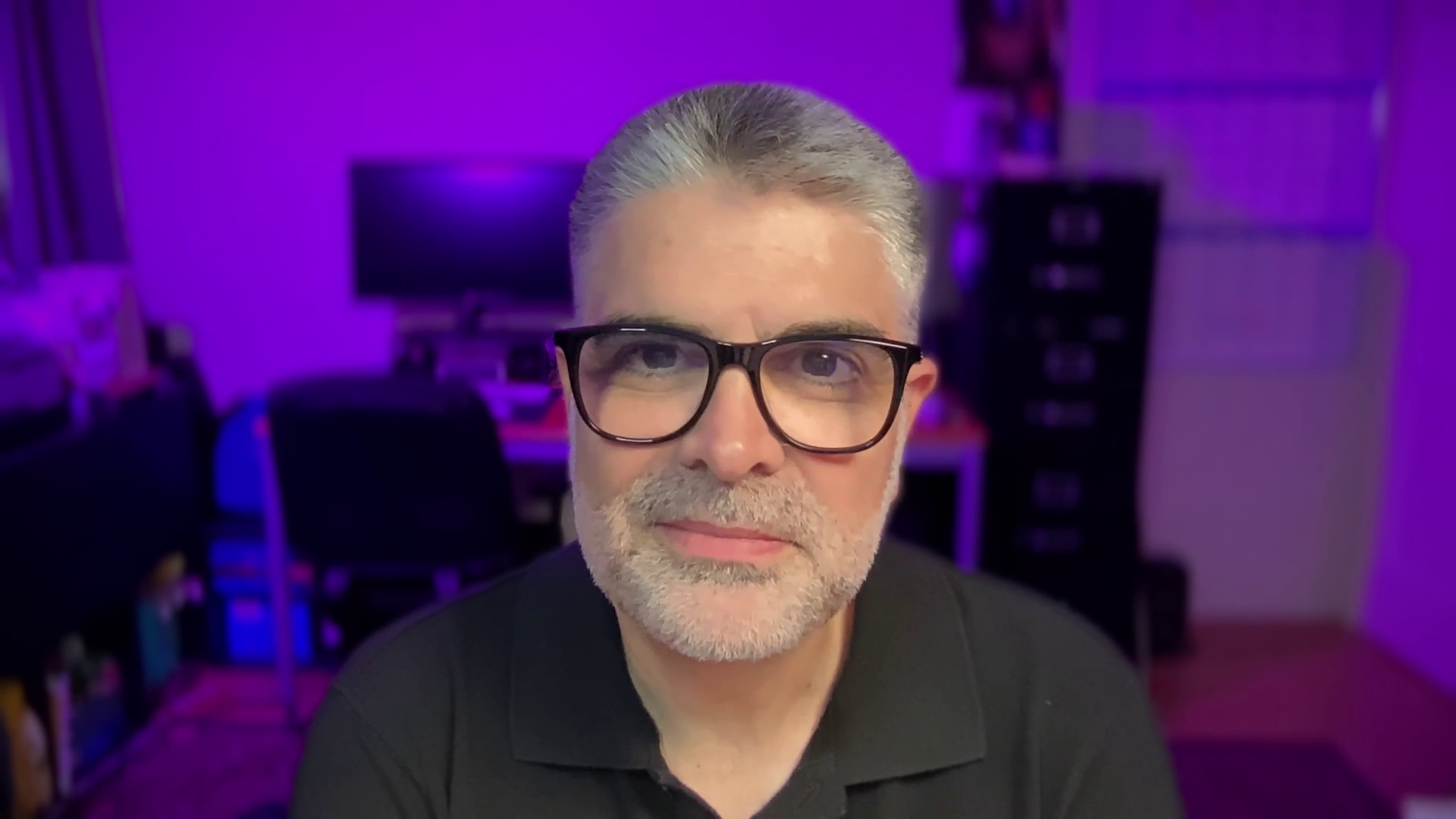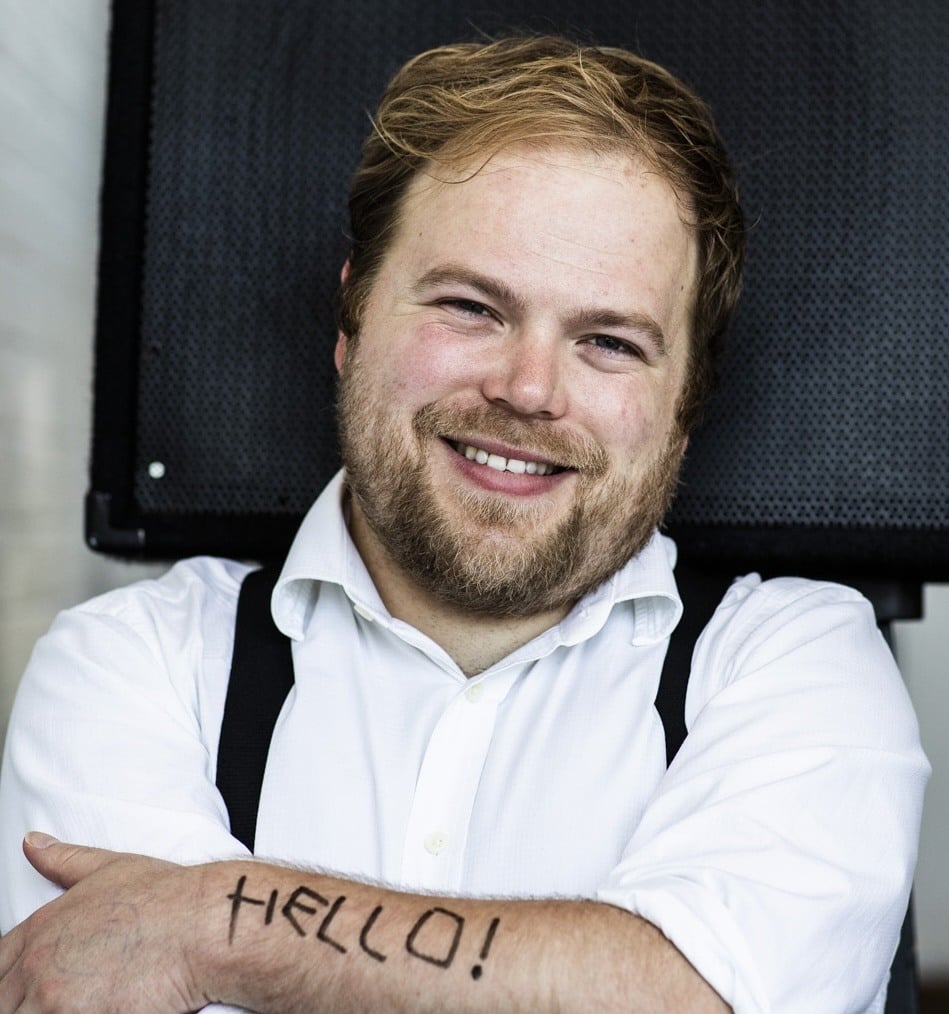
Learning a new NLE can be a challenge, but there are professionals such as John V. Knowles who have put a lot of thought into making the transition as painless as possible.
Branching out from one preferred piece of software to another is often daunting, especially in the current technological volcanic barrage of new AI features, fresh software, and vastly varying workflows. It’s no surprise that many hesitate to make the leap.
The best way to combat this is to take a specialized class, whether online or in person, to upskill and familiarize yourself with your target software.
I had the opportunity to talk with John V. Knowles, a filmmaker, producer, and software instructor based in Los Angeles, who has most recently been teaching everything Adobe, for Adobe. You can explore and take some of his fantastic indepth classes for free right here.
From Chasity to Covid
John had long been working in the industry on the familiar path, working on sets, directing commercials and music videos, culminating in releasing his first feature film Chasity Bites.
“We toured the world with it. It was very fun. But it was hard to make the second one because we didn't really make our money back.”
Eventually, he found himself making corporate videos, the perfect training ground to expand his skills exponentially.
“That's where I really honed my After Effects, Premiere, Photoshop skills, all those things came trying to get these things made and make them look more professional than they had any right to be with the budgets that we had to work with.”
Then Covid-19 came and shut down the world, leading John to take what he learned and teach Zoom courses on Adobe Premiere, After Effects, and Photoshop for industry training resource Key Code Education.
“I set up my own lesson plans for that," he says. "As they say, all good plans work until they meet the enemy. During those first few classes, I was tearing out pages. It was a learning process. Then eventually I honed it down to something that I'm like, okay, this is a reasonable amount of coursework for about 16 hours.”
The courses were a big success, leading to meetings with Adobe staff with a plan to educate editors during last year's massive industrial action which shut down Hollywood.
“There were a lot of editors just sitting around waiting for their next job. So we thought let's give them free Adobe classes and teach Avid editors how to use Premiere. Whether they switched to it or not, was not the plan. The goal was, hey, you've always heard about this software. You've had no time to learn this software. Guess what? Now you've got time. Let's introduce this to you. Maybe this could be just another tool in your toolkit that you can use. And eventually, maybe you will wind up on a show or a movie that's using it because it is gaining a toehold here in the industry.”
(Filmmakers like David Fincher, The Coen Brothers, and David Lowery have recently used Adobe in their cinematic projects.)
A different emphasis
These in-person classes were extremely popular, with a long waitlist and large class sizes. The success was still surprising, given how Avid has long dominated the movie industry as a standard. However, that domination can come with some drawbacks.
“I think to me, one of Avid's downsides is there's been no real impetus for them to change," says Knowles. "Avid does one thing really, really well, and that's movies and television. How you cut that hasn't changed for decades. You're still working the same process. Though visual effects have changed, right? The backend of things have gotten more advanced. Those things have improved, but people just finish their cut and send it out for sound and music, effects and graphics - all that type of thing. The core part of what Avid does is just cutting. And so there haven't been a lot of under-the-hood improvements for a very, very long time. Whenever I talk to Avid editors, I'm always like, what version are you on? And they're on versions that are at least six, seven, or eight years old."
The contrast with how Adobe operates is something Knowles expands on.
"The thing I really appreciate about Adobe is that they're continually investing in their software and they're not just resting on their laurels," he says. "They're always looking for new features. And there's a whole system of engineers and people within the company that are just coming up with cool ideas all the time. And they float it out in the beta and they go, how about this? How about this? How about this? So there's been some great innovation. And I think they're leading the way with a lot of their AI tools. That's been a big new feature for them. The text-based editing process with transcription has been phenomenal. I think that's been a big game-changer. While Avid has a little bit of that, I think Adobe is way ahead with the AI tools."
Learning a new language
Despite the exciting new flashy features to draw people in, the process always begins with a shift of foundational knowledge from one tool to another.
"It is editing software. And I always start out by saying, here's your source and here's your program monitor and there's your timeline. Like nothing's changed here. We're still doing, pick what you want, edit it down here, pick the next piece, put it down there. That part, nothing's changed. But the whole interface is different and the keyboard shortcuts are different. And what a command is called in Avid is not called the same thing in Premiere Pro."
Where he says people struggle is with muscle memory. People get used to working in a certain way and can get very fast in one program, but that is all messed up in the next one and they have to start to think their way through the process since more, which can be painful.
The goal of John’s classes isn’t to make you an expert overnight—that’s an unrealistic expectation to put on anyone. Instead, the aim is to help remove those initial clouds of panic and uncertainty when facing something new.
“So you're at least familiar with it. You look at it, recognize it, go, okay, I know how to get started. I may still have a lot of questions, but this is no longer this intimidating thing that I'm scared of.
“I always liken it to learning a new language," he says. "And a language that is not completely different from what you might know, but a language that's sort of close. It's almost like the difference between American English and British English. There are a lot of recognizable words and phrases, but then there are some that are completely foreign to me and I don't know what you're talking about."
Hints, tips, translation services, and online versions of John's classes are now available for free on AdobeVideoTraining.com
tl;dr
- John V. Knowles, a filmmaker and software instructor based in Los Angeles, has been focusing on making the transition to new NLE software as painless as possible.
- He offers specialized classes to help people upskill and familiarize themselves with new software, such as Adobe Premiere, After Effects, and Photoshop.
- John sees the benefits of Adobe's continuous investment in their software, particularly with new AI tools. This is in contrast to Avid's lack of significant under-the-hood improvements.
- Despite the appeal of new features, the transition to a new editing software always starts with a shift of foundational knowledge from one tool to another.
Tags: Training




Comments